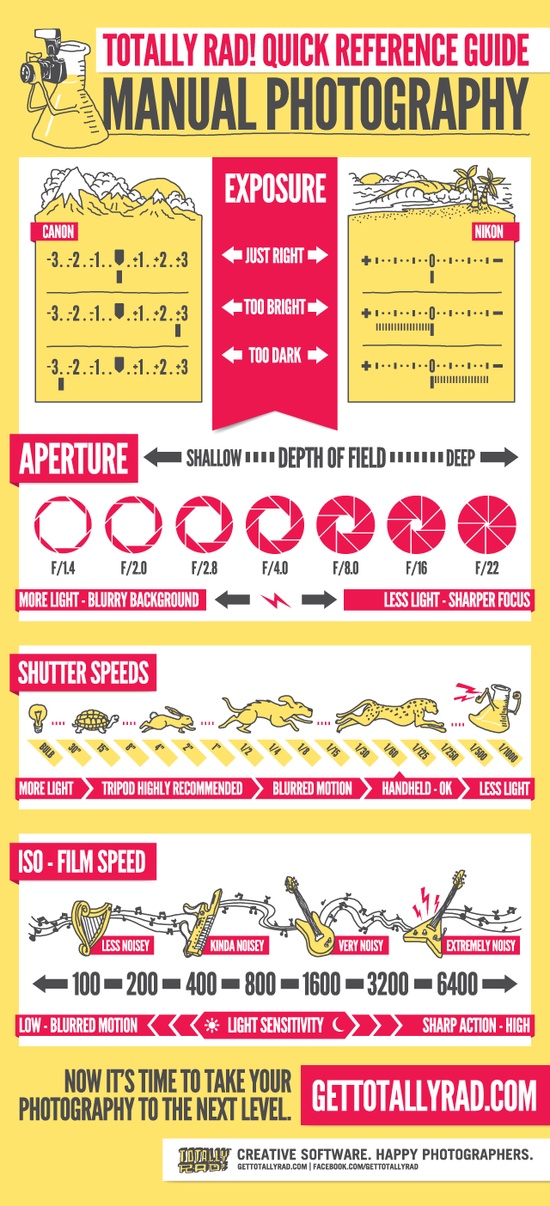Join Us To Uncover Important Photography Suggestions That Will Unlock Your Electronic Camera'S Possibility-- Prepare To Record Spectacular Photos In No Time!
Join Us To Uncover Important Photography Suggestions That Will Unlock Your Electronic Camera'S Possibility-- Prepare To Record Spectacular Photos In No Time!
Blog Article
Article Written By-Lundgreen Monroe
When you first grab your camera, it can feel frustrating with all the setups and options offered. http://dwayne22hershel.xtgem.com/__xt_blog/__xtblog_entry/__xtblog_entry/37577469-just-how-to-discover-your-special-style-as-a-photographer?__xtblog_block_id=1#xt_blog may find yourself wondering how to browse aperture, shutter rate, and ISO successfully. Grasping these basics is vital, yet there's more to photography than just technical knowledge. Recognizing make-up methods and lights problems can elevate your pictures significantly. So, what if you could discover basic strategies to boost your skills and start catching remarkable pictures sooner than you think? Let's discover how to transform your digital photography trip.
Recognizing Cam Settings
Comprehending your cam settings is critical for catching stunning images. When you pick up your electronic camera, familiarize on your own with the three main setups: aperture, shutter speed, and ISO. Each plays a vital duty in exactly how your images end up.
Beginning with aperture, which manages the quantity of light going into the lens. A bigger aperture (lower f-number) lets in much more light and creates a gorgeous history blur, perfect for portraits. On the other hand, a narrower aperture (higher f-number) maintains more of the scene in focus, suitable for landscapes.
Next off, focus on shutter speed. This setup figures out for how long your camera's sensing unit is exposed to light. A rapid shutter rate freezes movement, which is wonderful for activity shots, while a slow-moving shutter rate can produce magnificent impacts like smooth water in landscapes.
Last but not least, change your ISO. This setting influences your electronic camera's sensitivity to light. A higher ISO is useful in low-light scenarios yet can present sound or grain. Go for the lowest ISO feasible while still attaining correct exposure.
Structure Strategies
When you're out capturing, make-up can make all the difference in exactly how your photos resonate with audiences. Start by using the policy of thirds; imagine your structure divided into nine equal areas with 2 straight and 2 upright lines. Setting key elements along these lines or at their crossways to create equilibrium and rate of interest.
Next off, take into consideration leading lines. These all-natural lines in your scene, like roads or rivers, attract the viewer's eye into the picture, directing them via the story you're informing.
Do not forget framing; use elements within your scene, like trees or windows, to produce a structure around your topic, including depth and emphasis.
Likewise, keep an eye on your background. https://www.digitalcameraworld.com/buying-guides/50-best-camera-accessories-for-photographers can distract from your major topic, while a simple one aids it attract attention.
Lastly, try out symmetry and patterns; they can produce a striking picture that captures focus.
Mastering Illumination Conditions
Understanding lighting problems is vital for capturing sensational photos, as the ideal light can transform a regular scene into something phenomenal.
Start by observing natural light at different times of the day. Mornings and late afternoons supply the very best light, referred to as the gold hour. The soft, cozy tones throughout these times can boost your photos wonderfully.
Don't shy away from cloudy days either; diffused light can decrease extreme shadows and develop a pleasing effect, specifically for pictures.
Trying out backlighting by positioning your subject versus the light. This technique can produce a dreamy halo effect and include deepness to your photos.
Take notice of your cam settings too. Readjust the ISO, aperture, and shutter speed to fit the illumination conditions. A higher ISO can assist in low light, but be cautious of grain.
Utilize a tripod in darker settings to avoid blur.
Finally, don't neglect man-made illumination. Flash and constant lights can be fantastic devices for regulating light in difficult problems.
Final thought
In conclusion, mastering your camera doesn't have to be frustrating. By understanding your setups, using make-up methods, and taking advantage of the power of natural light, you'll quickly raise your photography skills. Bear in mind, exercise makes best, so venture out there and try out your newfound understanding. With time and devotion, you'll be recording magnificent photos that reflect your distinct point of view. Delight in the journey, and do not neglect to have fun while you go to it!
